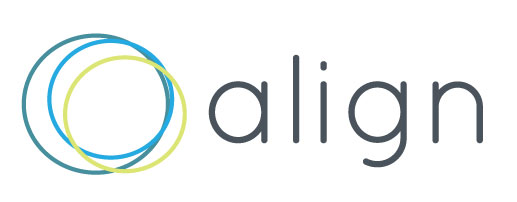For a very long time the focus of business leaders has been improving the performance of the business through a diverse array of management practices and improvement processes. Today there’s a growing awareness of the need to balance these scientific methods with new ways of thinking and working that are more creative. Yes, the future of business is creativity!
What's in your Business Model?
The best businesses compete on business models, not just products.
What do Uber, Airbnb, Netflix, Amazon and Google have that allow them to dominate their market? -- Finely tuned and innovative business models. In fact, their business models are so innovative they’ve created new categories by re-imagining the rules of how a business should operate in their industry. Nespresso, Hilti, Dell, iTunes, Xerox and Dollar Shave Club are other examples of success born from a brilliant business model, not the product or marketing alone.
The business model is a blueprint for how all the moving parts of the business work together efficiently and in sync to produce social and economic value. It’s the link between the business’s purpose for existing, and its strategies for operations and sales. All strategic planning should flow from the business model.
The book, Business Model Generation by Alexander Osterwalder and Yves Pigneur, popularized the business model concept and gave us all their Business Model Canvas as a design template. I’ve adapted their version to create one that I believe is more complete, yet nowhere near as dense and speculative as a business plan. You can download it from the homepage and use it to evaluate your own business model. It’s a high-level organizing framework to explore the main factors of how the business operates.
ALIGN’s Business Model Blueprint identifies 12 key components, starting with the purpose for the business. Besides making money, there’s a reason the business came to be. Hopefully it’s rooted in the founder’s passion, talents and understanding of a market need. Among the other components, businesses also need clarity around the customer group(s) they aim to serve and the problem, need, or ‘job to be done’ this group experiences. Turning inward then, we seek to understand what your business is exceptionally good at, and what competencies can lead to a competitive advantage and differentiation in the market. The value proposition lives at the intersection of the customer needs and the business expertise. Finally, how your goods and services are monetized is key. What product or service ‘bundle’ is offered that provides such a high value to the customer that the selling price greatly surpasses the cost of production?
These are the key elements we look at in phase one of any project, whether it’s a growth initiative, innovation or strategic business development. So… what’s in your business model and what elements need updating? Download the Business Model Blueprint, fill-in your information and target at least 2 areas where it could be stronger. Let’s talk about how ALIGN could help.


